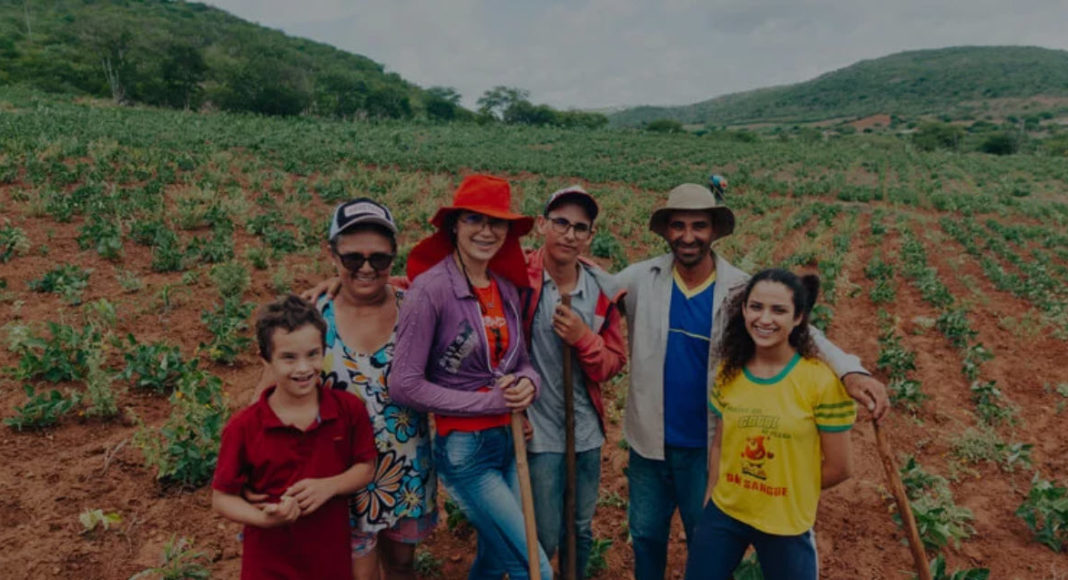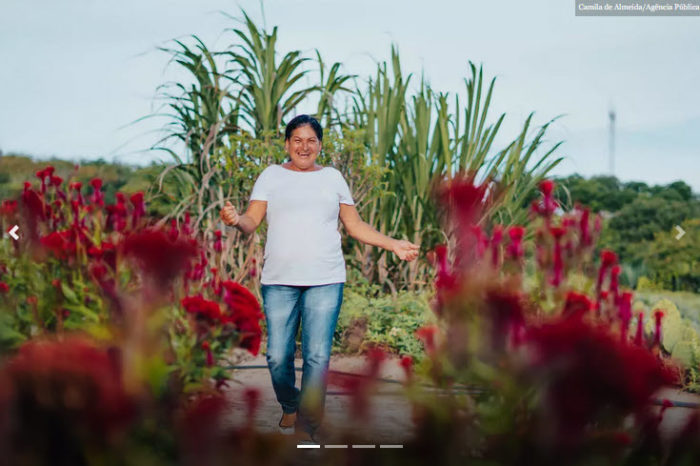In Brazil’s semi-arid northeast, family farmers are using technology and collective resource management to fight climate change and environmental degradation.
This article was first published here in Portuguese by Agência Pública and translated to English by Matty Rose from the Latin America Bureau.
You can also subscribe to the biweekly Agência Pública newsletter in English here.
Maria Helena Silva Barbosa, 39, lives in the village of Goiana, a suburb of the town of Solânea, in the Curimataú river basin, the driest part of the Borborema Territory, a cluster of 21 municipalities in Brazil’s northeastern state of Paraíba. Maria Helena, or Lena, as she is known, tells the story of how her parents – landless farmers without a plot of land of their own to work and live on – used to live a nomadic life, fleeing to the nearest brejo – a local term for the oases of humidity that can be found amidst the swathes of arid land and are produced by the humid sea winds that blow in from the coast – whenever the region was hardest hit by drought.
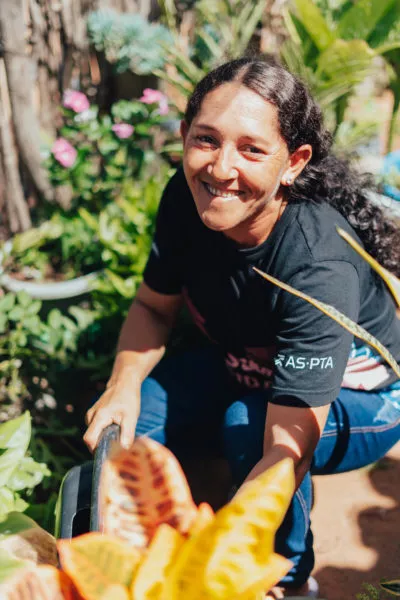
Accessing enough water for the most basic necessities was a constant struggle. Lena’s mother and her daughters would leave the house in the early hours of the morning, each armed with a small bucket, to collect water, unbeknownst to the landowner, from a barreiro – a water utilization system for collecting and using water that results from surface runoff.
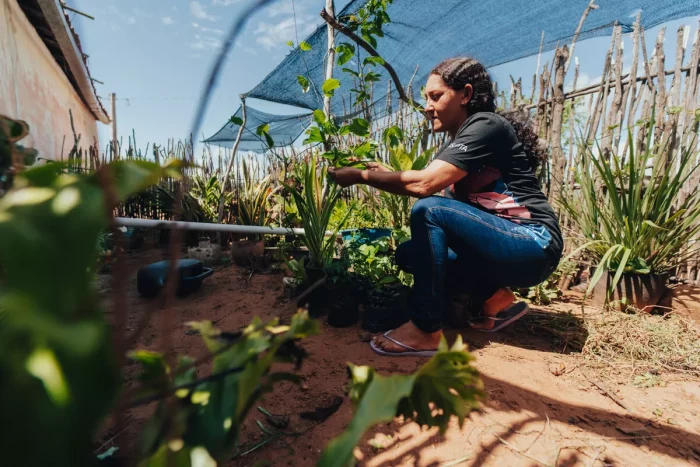
Bathing was a luxury enjoyed only by the baby of the family, since the little water that there was could barely cover the drinking and cooking needs of a family of nine people. When Lena’s mother got a new job working in a local school, the family started to be able to afford things a little easier. Schooling opportunities remained limited for the girls of the family, however, since they had to take turns in looking after the youngest child. “It was extreme poverty,” Lena summarized.
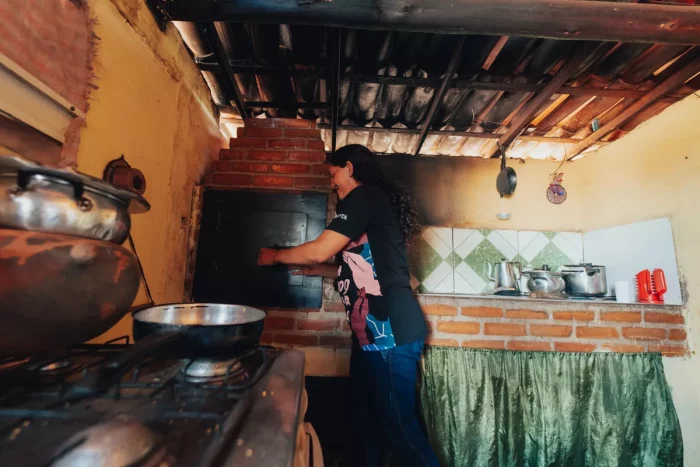
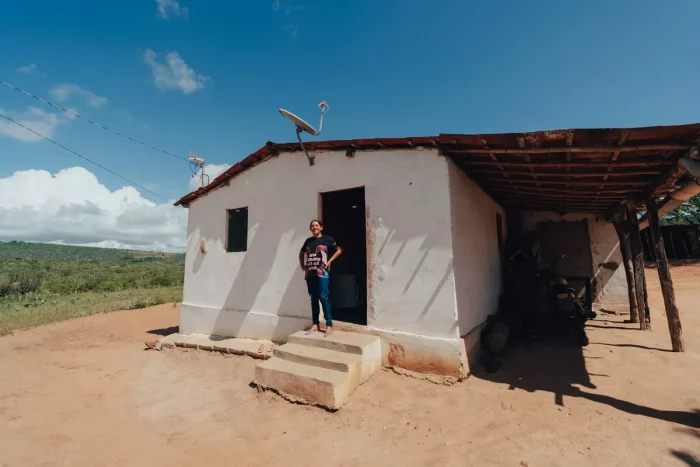
The arrival of water cisterns in the Brazilian Sertão, as the semi-arid region is known, at the start of the 1990s changed the life of Lena’s family and so many others across the Borborema Territory, an area of 3,340 square kilometers that stretches across the harsh rural expanses of the state of Paraíba. The arrival of the cisterns was one of the fruits of the coming together of local communities with civil society organizations under the umbrella of the Articulação Semiárido Brasileiro (ASA), a network of bodies founded in 1993 in opposition to the policies being proposed by the Regional Superintendency for the Development of the Northeast (SUDENE), which were being made without the input of the local population, and ignored the daily experience and reality of families who had lived in the Sertão for generations. Today, 3,000 organizations are part of the ASA, one of which is the AS-PTA Family Agriculture and Agroecology, an association which works to strengthen family farming practices and promote sustainable rural development across Brazil.
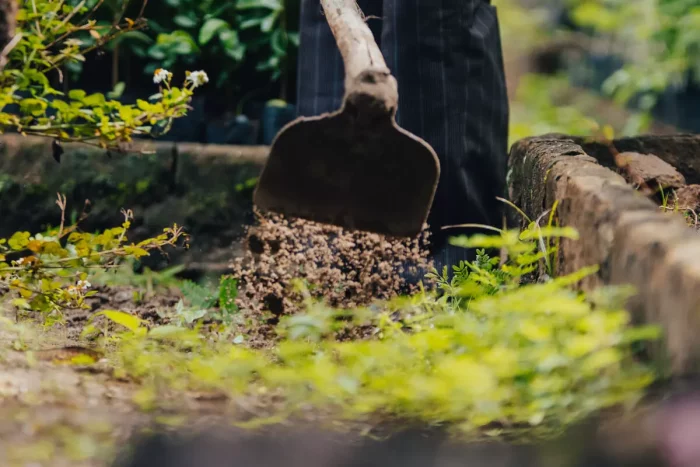
“Until that point, people saw the region as a land of backwardness, poverty and unproductivity, of cracked earth,” said Marcelo Galassi, coordinator of the AS-PTA. “[Brazil’s] semi-arid region has, on average, three to four months of rainfall per year; the rest is dry. The [region’s] communities have developed a strategy for keeping stocks of water, grain, fodder, and foodstuffs to help see them through the dry period. What the ASA did was to turn to this [local] knowledge and systematize it, create a dialogue with the world of academia, adapt and innovate, as well as mobilize people so as to expand existing public policy and create new ones to support these experiences and scale them up. Such practices were already taking place in the communities themselves, but didn’t have much visibility and received little support from those in charge of public policy, yet what they did do was help to build a concept of resilience [in the communities],” Galassi explained.
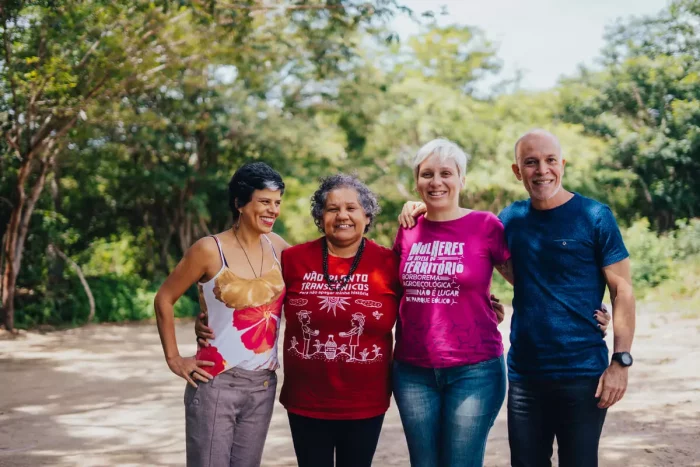
The AS-PTA and the Polo de Borborema, a network of trade unions for workers and rural laborers founded in 1996 which is also part of the ASA, are readying themselves to face a new challenge: the progressive desertification of Brazil’s semi-arid region, which is driven by environmental degradation and global warming. This challenge is the focus of the Innovate Family Agriculture program, developed in 2021, which aims to strengthen the ability of family farmers in the semi-arid regions of Brazil to adapt their practices to changes in the climate by using agro-ecological technology and by grounding their work in collective resource management and in bringing together communities of shared origins and struggles.
“Even in the semi-arid region, even in the years of drought, families have been producing there, carving out a space for themselves, creating markets, even without the help of public policy,” Rosalita Victor, director of the Workers and Rural Workers Union of the town of Remígio and the political coordinator of the Polo de Borborema, pointed out. “The role of the ASP-TA and the Polo was to stimulate, mobilize and exchange knowledge inside the territory,” she explained. “[It was to establish] another perspective on the role of social organizations, hence the strong presence of trade unions and community organizations and the valuing of the knowledge of male and female farmers,” she said.
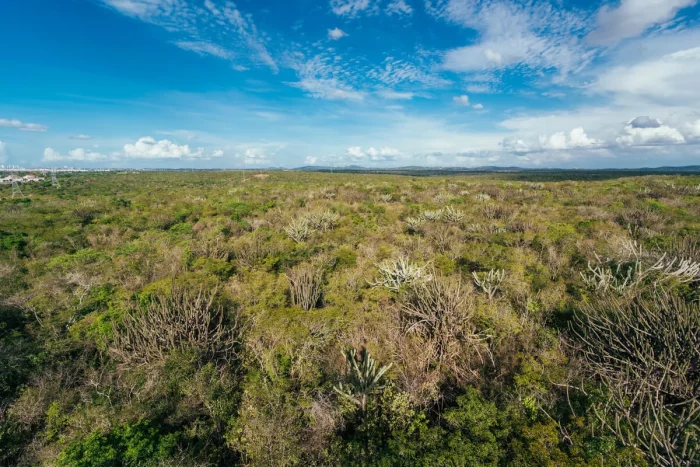
The work started with the formation of the Borborema Agroecology Project, where a collective training programme in resource management called the Revolving Solidarity Fund was presented, organized by women and young people. With a planned use of the funds, they aim to increase food security in the home, through water reuse, through the diversification of production by distributing seedlings, netting for chicken coops, vegetable growing kits, and beekeeping kits, and through the incentivisation of sheep farming, in particular the Morada Nova species, which can feed itself on the vegetation of the Caatinga scrubland, even in the dry season. The project also features the collective use of equipment, such as pumps for refilling cisterns, a silage machine and a cassava processing unit, as well as ecological stoves which save firewood and do not create smoke inside the house.
Roselita explained that the organizations have actively participated in the process, and that it has seen debates arise over the “collective management of land, grain, and water.” “People can clearly see that when multiple forms of community action converge, the community can face up to the drought without so much inequality [in how the effects are felt]. If there are stores of foodstuffs and water, then they don’t need to sell their animals during the dry season in order not to die of hunger. This is what we call a resilient community.”
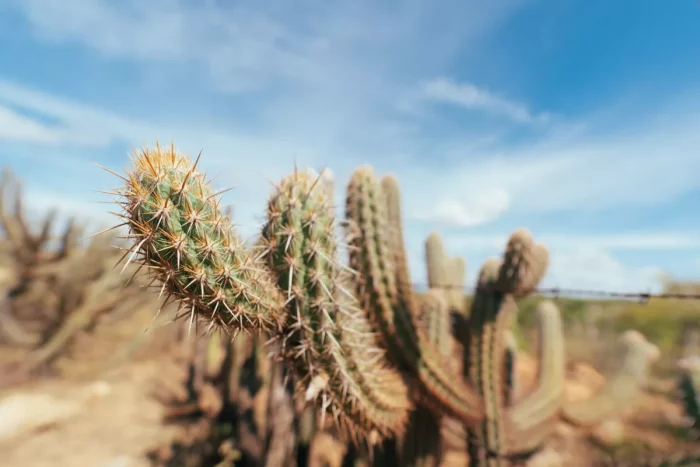
Desertification and global warming
The regions of Curimataú, Cariri, and Seridó are the driest parts of the state of Paraíba, the university professor Bartolomeu Israel de Souza, from the Department of Geosciences at the Federal University of Paraíba (UFPB) explained. These regions were also seriously affected by the drought that lasted from 2012 to 2017, which, according to the professor, was the most severe of the century so far. Despite there being something of a respite in the drought across some regions, it came back strongly in 2021 and 2022.
“In Brazil’s semi-arid regions, rainfall is heterogenous in space and time. However, from 2012 to now, there hasn’t been a single proper rainy season. It’s been an almost uninterrupted drought. One of the great problems with the government’s plans [to deal with the drought], is that on top of not having any continuity [from one government to another], they treat the Northeast as just one entity, whereas we are multiple and varied. These differences are hardly factored into the public policies that have the power to change things massively,” de Souza explained.
For de Souza, projects such as Innovate Family Agriculture are a step in the right direction, although they are “drops of water in the ocean”.“What they are doing with agroforestry systems, such as introducing exotic and native species whose potential is already known, is fundamental. The planting of native species, including cactaceous, such as cardeiro and mandacaru, as living fences, is an innovation created by these NGOs,” de Souza said. These are small, very local projects, but they are “showing that there is a solution,” the professor explained.
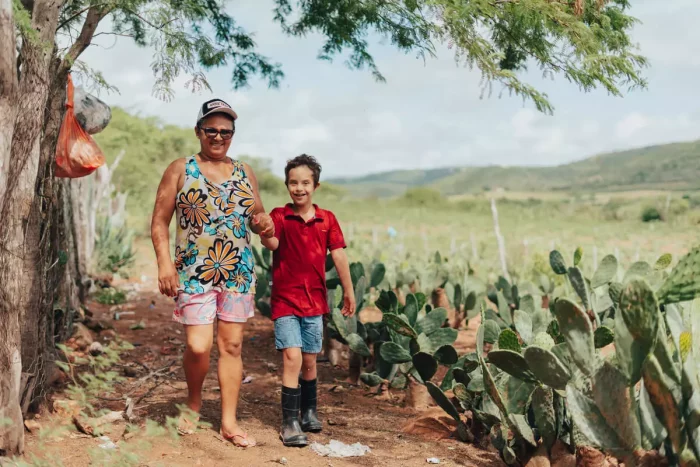
And it is a solution that is being felt in a very concrete sense for the women who are involved in the project, such as Verônica de Macena Santos, 47, president of the Association of Small Rural Producers of Palma, who lives in a community that is also located in the municipality of Solânea, which received approximately 100mm of rainfall across the whole of 2021. Verônica met our reporters with her daughter, Larissa, and her youngest son, Luís Antônio, who is almost ten, has Down syndrome and is the joy of the household alongside their prize bull, Castelo, who is a year younger than Luís Antônio.
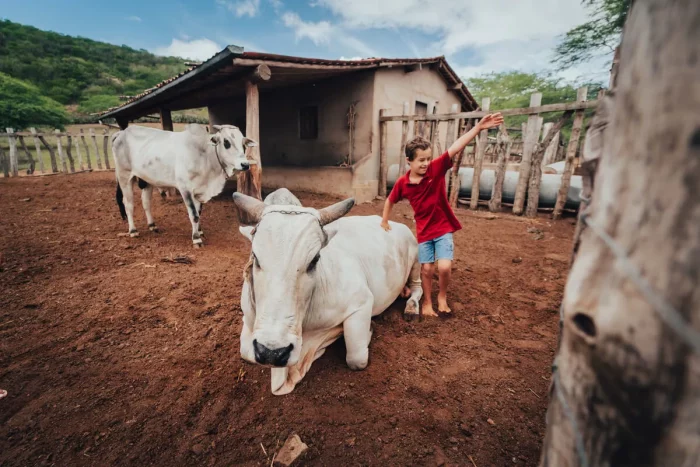
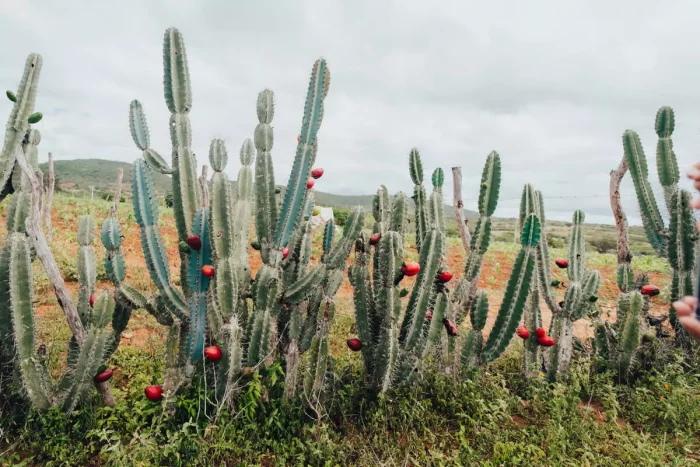
Born and raised in the community, Verônica has faced dry periods in the past during which the community couldn’t count upon the resources they have access to today, and she reflected on the difficulties they had to overcome. “The drought of the 1980s forced almost everyone to flee to the brejo. My father and a couple of old ladies were the only ones who stayed behind. We had to go to look for water in the reservoir for everything, just four 20 liter barrels, me and my older brother with two donkeys for eight head of cattle. But we stopped raising cattle because there was no silage,” Verônica recalled. “Before, we used to plant everything by hand, [whereas] nowadays we have the planter and mixer. What used to take two days to do can now start at 07:00am and be finished by 10:00am,” she added.
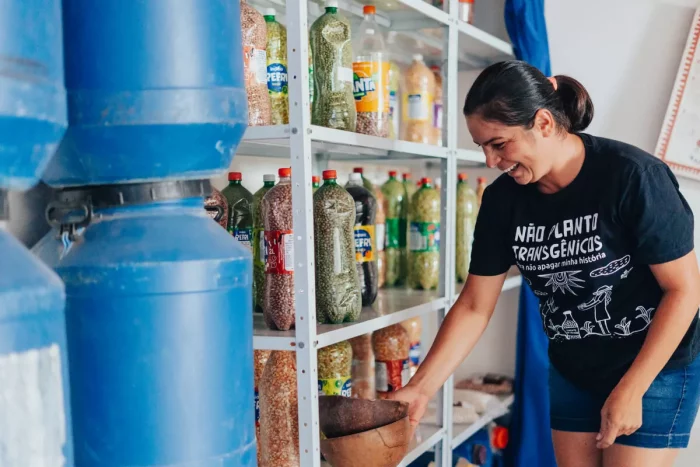
Maria Lúcia da Silva Andrade Pereira, 34, from the community of Benefício, in the neighboring municipality of Esperança, is also very happy with the changes towards “investing more in producing [our own] food, and not depending so much on buying things from the markets.” Maria Lúcia’s husband works as a stonemason and is the family’s main breadwinner. Meanwhile, Maria Lúcia takes care of the house and her three daughters. She is also in charge of dry farming (when it rains) of beans and corn and takes care of the sheep. She dreams of planting cilantro, chives, tomatoes, lettuce, cabbage, and strawberries in the garden bed that is being planted, as well as acerola, papaya, guava and pomegranate trees.
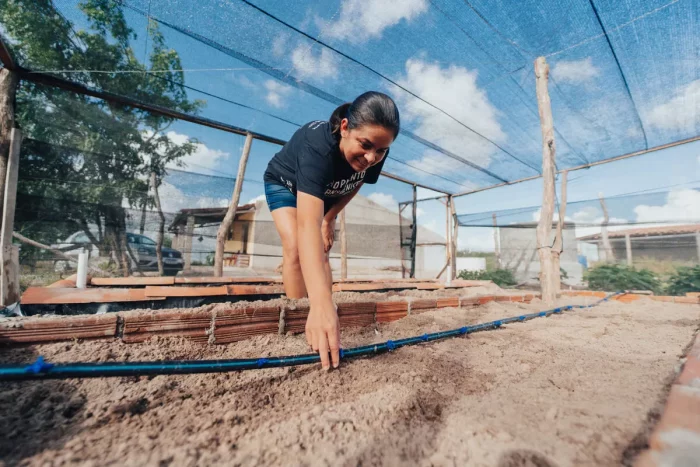
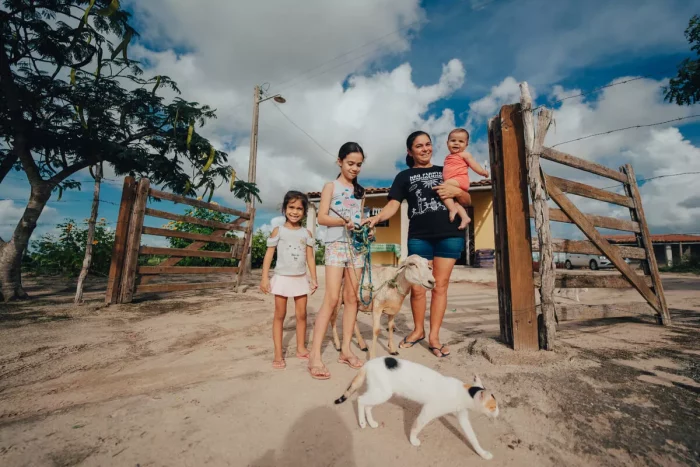
Maria Lúcia has two primary water cisterns (16,000 liters each) and a stone tank that she shares with her father-in-law, which is located on the boundary of the two properties. A new motor pump belonging to the community helps pull water from the tank to the cisterns much more efficiently than the old motor they used in the past ever did. The ecological stove, meanwhile, is already her favorite: “Who would have thought that women would want to cook on a wood stove nowadays?”
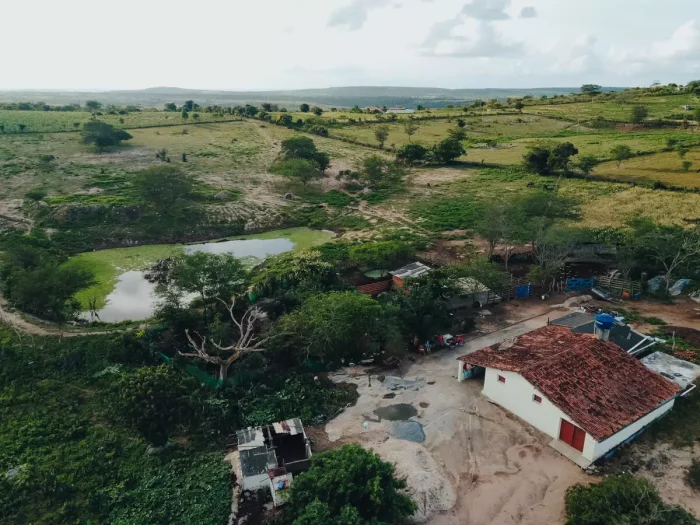
Not far from Maria Lúcia lives Ana Lúcia Teofilo da Silva, 52. A smile never fails her, even when recalling the hard times. Where she lives they do not usually run short of water, because of the stone slabs and ponds. Ana Lúcia is already well accustomed to making living fences using the cardeiro, a species of cactus that is typical in the region, and she plants some dryland products, such as corn and beans, and raises some animals – a job made much easier by the use of silage techniques, whereby fodder is compacted and stored in a silo, without first being dried, and later used as animal feed.
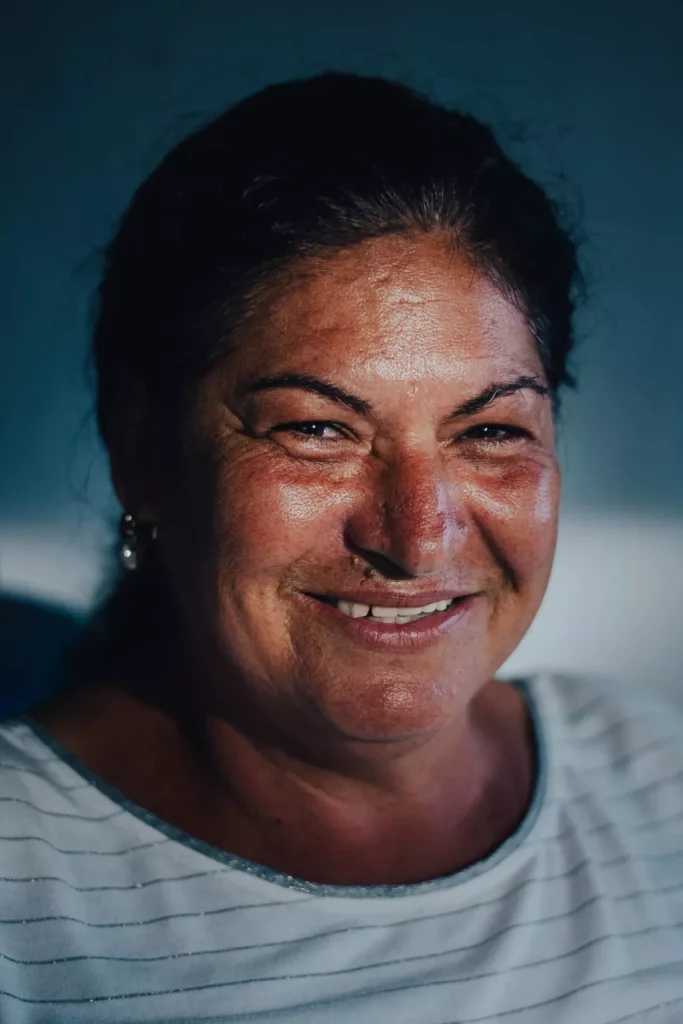
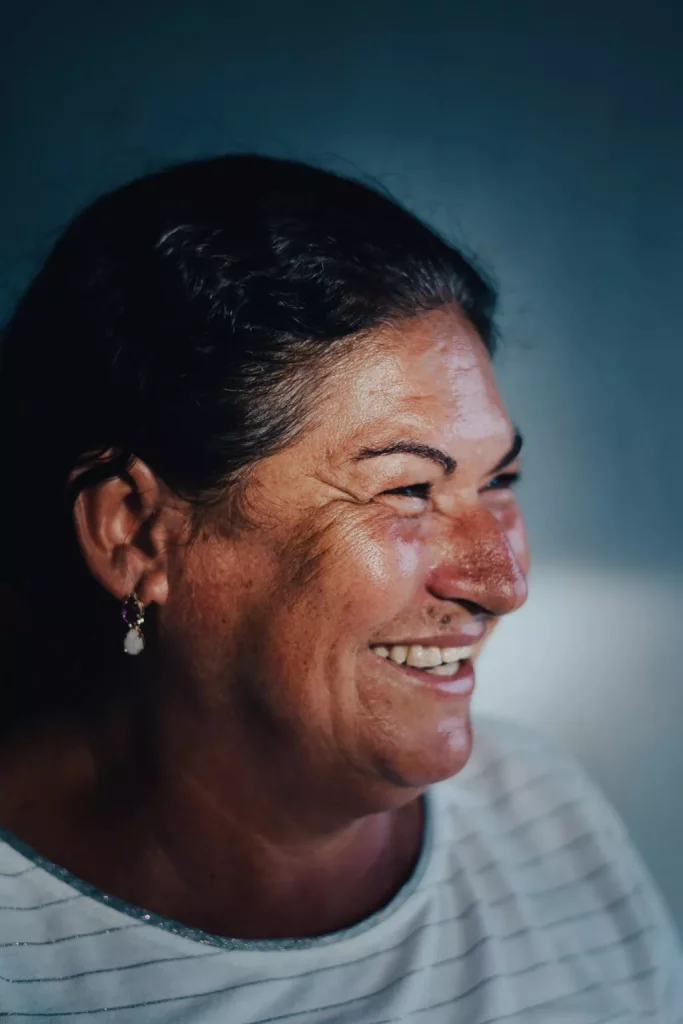
At the time of the interview, she couldn’t hide her excitement about receiving a new piece of equipment from the solidarity fund to help with chicken-raising, and the ecological stove, which doesn’t make smoke or heat inside the house.
“Resilience cannot be built on isolated initiatives alone, it is built by integrating these innovations, access to seeds, fodder, and earth, and increasing the fertility and food production levels of backyard gardens. Together, these can reduce the impact of drought, above all during periods such as this where the rain falls so irregularly,” Marcelo Galassi, from the AS-PTA, emphasized.
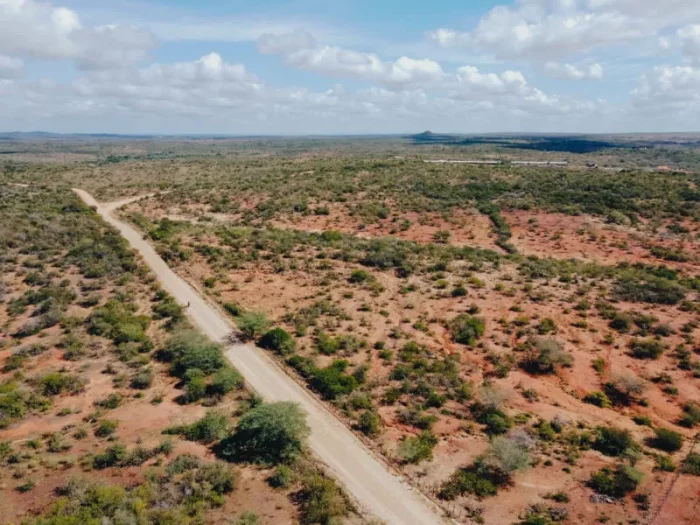
Marcelo Galassi also pointed out that, just as important as the recent innovations, are the organizing processes by which the communities come to collectively manage their resources, such as community seed banks, which serve as strategic reserves, the joint efforts to build cisterns, houses, silos, and clean clay pits, and the revolving solidarity funds, a way of collectively managing resources and supporting these processes with more autonomy and less dependence on the state.
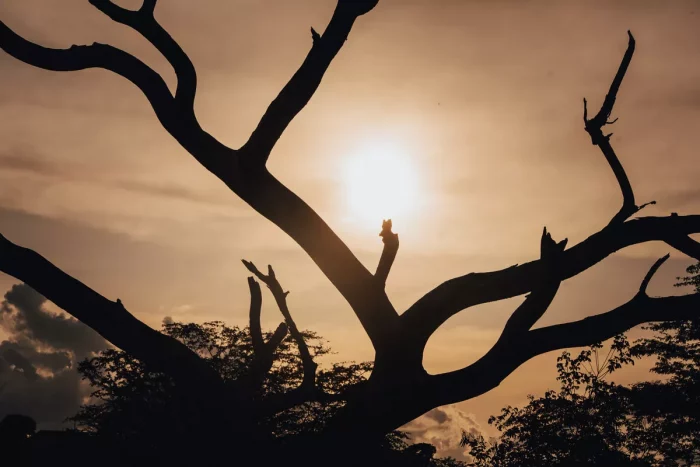
This report emerged from a partnership between Agência Eco Nordeste and Agência Pública. It forms part of the special project Climate Emergency which is investigating the socio-environmental crimes occurring as a result of carbon-generating projects in farming and electricity generation. Complete coverage can be seen on the project website.

